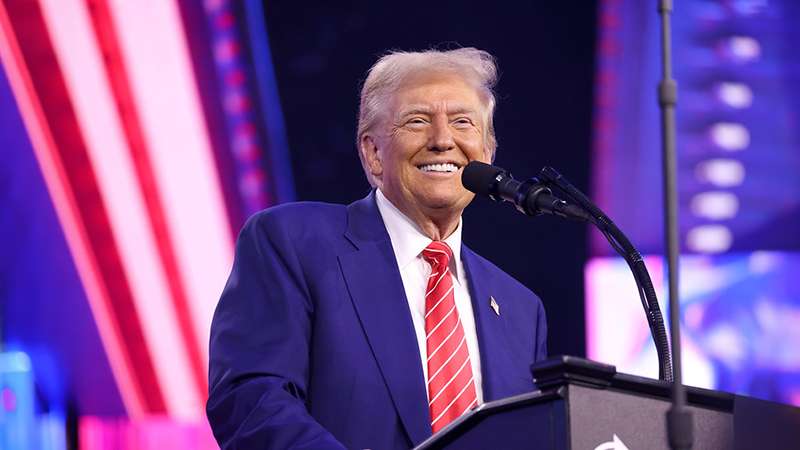Trump Tariffs: Impact on Global Trade & Economy
Trump tariffs were a series of trade duties. In 2025, President Donald Trump has intensified his trade policies by imposing a series of tariffs aimed at reducing the United States’ trade deficits and bolstering domestic industries. These measures have sparked significant debate regarding their potential impact on the U.S. and global economies.
On March 31, 2025, President Trump announced plans to implement “reciprocal tariffs” on all nations, extending beyond the previously targeted 10 to 15 countries with substantial trade imbalances. This initiative, referred to as “Liberation Day,” is set to be unveiled on April 2 and encompasses tariffs on various imports, including automobiles, pharmaceuticals, and other goods. The administration argues that these tariffs are designed to protect the domestic economy from unfair competition and to secure better trade terms for the U.S.
Specific Tariff Measures
- Automobile Tariffs: A 25% tariff on all foreign-made cars has been introduced, affecting approximately half of the vehicles sold in the U.S. This measure aims to encourage the construction of manufacturing plants within the country and is expected to generate $100 billion annually. However, it may also lead to increased consumer prices and potential inflationary pressures.
- Steel and Aluminum Tariffs: Effective March 12, 2025, a 25% tariff on all steel and aluminum imports was imposed to strengthen domestic production. Unlike previous measures, these tariffs eliminate all exemptions and have raised concerns among international trade partners, leading to threats of counter-tariffs from the European Union and Canada.
- Tariffs on Canada and Mexico: On February 1, 2025, the U.S. imposed 25% tariffs on all goods from Mexico and Canada, with a 10% tariff on Canadian oil and energy exports. This action has escalated tensions, prompting both countries to consider retaliatory measures and raising the specter of a trade war within North America.

Economic Implications
These tariffs could contribute to higher inflation rates in 2025. The Peterson Institute for International Economics estimates that additional tariffs on Canadian and Mexican goods, combined with those on Chinese imports, could add up to 0.8 percentage points to core inflation. This increase may lead to decreased consumer spending and slower economic growth.
Furthermore, financial institutions like Morgan Stanley caution that the cumulative effect of these tariffs may significantly dampen U.S. economic growth heading into 2026. The potential for a “big negative shock” to the economy underscores the uncertainty surrounding these trade policies.
अगर वे हमें टैक्स लगाते हैं, तो हम भी उन्हें टैक्स लगाएंगे: ट्रंप का भारत को चेतावनी
Global Reactions
Overall The Trump tariffs represent a significant shift in U.S. trade policy, aiming to prioritize domestic industries and address trade imbalances. While the administration asserts that these measures will benefit the U.S. economy, critics highlight the risks of increased consumer prices, inflation, and strained international relations. As the global community reacts, the full impact of these tariffs remains to be seen, underscoring the complex dynamics of international trade in the current geopolitical landscape.





